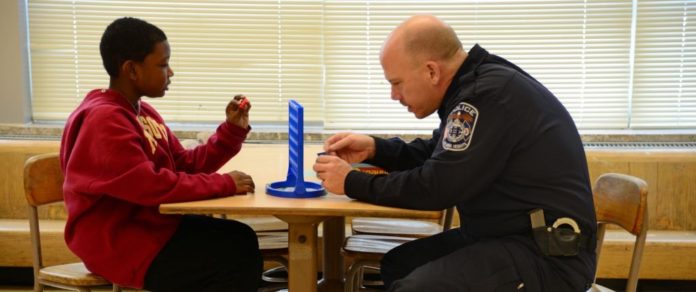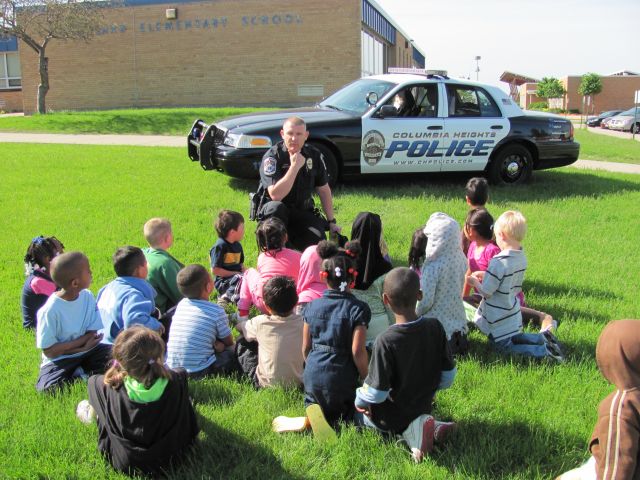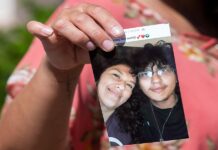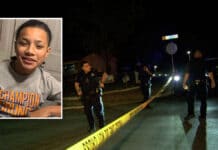
In 2015, unfounded police killings and #BlackLivesMatter protests across the country intensified the national debate on policing in America. Police departments were forced to mend their ways and introduce reforms; increased accountability surrounding police shootings and adopting strategies that build on the philosophy of community policing.
The US Department of Justice’s Community Oriented Policing Services office defines community policing as “a philosophy that promotes organizational strategies, which support the systematic use of partnerships and problem-solving techniques, to proactively address the immediate conditions that give rise to public safety issues such as crime, social disorder and fear of crime.”
Columbia Heights, an inner-ring Minneapolis suburb, is one of the police departments working to repair the relationships between the police and the communities they protect. In particular, they are working with minority communities, slashing crime rates by adopting a strategy entirely different from the rest of the country.
Columbia Heights police chief: All Columbia Heights Officers are issued and wear body cameras.
— Ashley Roberts (@AshleyRobertsTV) November 24, 2015
Columbia Heights PD was battling high crime rates when Scott Nadeau took over as the chief of police department in 2008. Although he acknowledged that national focus on police brutality, ill-treatment of minorities and people of color had gravely tainted impressions of police in Columbia Heights, he wanted to engage those concerns and implement residents’ feedback.
Nadeau recognized a change in policing strategy was needed to make any meaningful headway. What resulted was an organizational transformation that put community-oriented policing at the forefront and a department-wide philosophy that converted patrol officers from call-takers to empowered problem solvers. His efforts paid off: In 2012, Columbia Heights PD won an international award for community policing after crime hit a 30-year low.
In April 2015, federal authorities charged six young Minneapolis-area men with plotting to fight for the Islamic State in Syria. One of them was a 19-year-old from Circle Terrace Boulevard, a Columbia Heights street home to Somali refugees. It was once considered a crime hot spot, but because the street had gone silent of late, police thought all was well. But after the April jolt, they realized the residents weren’t looking to the men in uniform for help.
To restore residents’ faith in the police, provide opportunity for a better life, and fight terrorism, Columbia Heights PD proposed using three contiguous vacant lots the city owned to build a $250,000 community center that would serve as a neighborhood meeting place and recreational hub. The department’s first Somali American police officer, Mohammed Farah, goes door-to-door to hand out fliers and update residents on the campaign, raising donations and grants to pay for the center.
Capt. Lenny Austin says:
“We have a much improved and more positive relationship and a much better understanding of each other since we began community policing. It’s helped the department in what we need to do because we have a much better understanding of the people we serve and what their needs are. And community members better appreciate what is happening from a police perspective in terms of crime and public safety.”
A major focus of the city’s community policing efforts is on youth. From open gym hours, one-on-one mentoring to officers’ visit to each first, second, third and fourth-grade classroom in the city’s schools at least once a school year, Nadeau’s force is building community trust from an early age. The results are noticeable – since 2008, juvenile arrests in Columbia Heights have dropped by more than half.
The department is involved in a bullying prevention program, runs a mentoring program and allows students to check out squad cars once a year. Nadeau himself mentors a student once a week. He told The Huffington Post:
“When police would walk into schools several years ago, they were greeted with alarm from teachers and fear from students, who saw their presence as a sign that something was wrong. Now when we walk down the hallways, the teachers smile, they’re happy that you’re there. I probably get about 50 to 60 high-fives from some of the kids in the school. The fact that it’s no longer unusual to see police officers in the schools has fundamentally changed our relationships with these kids.”
Officer Hilden has a rousing game of guess who with his little #BBBS pic.twitter.com/xAxWxpXp7F
— Columbia Heights PD (@colhgtspolice) November 19, 2015
All officers in Columbia Heights Police Department are required to perform at least 10 hours of community policing activities every year, though most devote closer to 40 hours. Officers are encouraged to choose activities that match their skills and interests, such as conducting CPR trainings, answering questions at classes for recent immigrants, serving food at a church’s community dinner, or holding “Coffee with a Cop” open hours where residents are free to speak their minds with officers.
“Law enforcement officers, many times, end up having … a jaded view of police and community contacts just because of all the negative experiences that they have as a result of just doing their jobs. I think that having these positive interactions … helps them to maybe refocus somewhat on the fact that the majority of the people in our community are great citizens and those relationships are important to both sides.”
This article (Minnesota: Columbia Heights PD gets Proactive with Community Policing) is a free and open source. You have permission to republish this article under a Creative Commons license with attribution to the author and AnonHQ.com.






